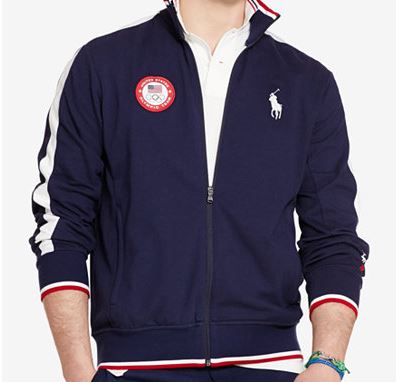According to the Customer Growth Partners’ 16th Annual Holiday Forecast, retail sales for the November-December holiday period will reach $632 billion. The record figure represents an accelerating 4.1% year-over-year increase in holiday sales and significantly exceeds 2015’s tepid 3.6% growth.
Rising incomes and deflation in food prices, apparel and electronics are fueling the growth.
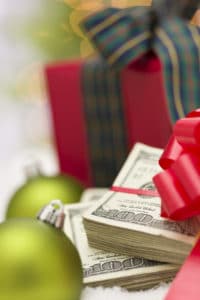 “Consumers remain cautious, shop close-to-need and focus on value — but retail spending is now gathering momentum, and is about to unleash years of pent-up demand,” said Craig Johnson, president, Consumer Growth Partners, a retail and consulting firm. “Holiday 2016 is poised to turn out better than many expect—and may well turn out to be a lot better. After a long slow spell, retailers may finally have some real holiday cheer, to cheer about.”
“Consumers remain cautious, shop close-to-need and focus on value — but retail spending is now gathering momentum, and is about to unleash years of pent-up demand,” said Craig Johnson, president, Consumer Growth Partners, a retail and consulting firm. “Holiday 2016 is poised to turn out better than many expect—and may well turn out to be a lot better. After a long slow spell, retailers may finally have some real holiday cheer, to cheer about.”
Key finding in this year’s survey include:
- Boosted by the ongoing housing recovery and led by the home improvement category, home-related categories will shine with growth of 5.7%.
- Health and beauty retailers, from drug stores to specialty stores, will pace all other merchandise categories with year-over-year growth of 7.4%.
- Accelerating from last year’s already strong pace, online and other direct-to-consumer sales will grow 13.9% year-over-year, and will comprise more than 17% of total holiday spending.
- Though outerwear sales are flat with this fall’s warm weather, apparel will see robust unit growth approaching 4%, though deflation will hold dollar sales growth to a weak 1.5%. Key fashion trends this year include bomber jackets, long sweaters and wraps, denim and footwear.
- With sluggish mall traffic and a value proposition far less relevant to millennials than to their parents or grandparents, most department stores will struggle again this year. A 2% year-over-year decline is expected.
- After a poor year for luxury, “hard” luxury such as high-end jewelry may at least see a late-season rebound.
Source: Chain Store Age
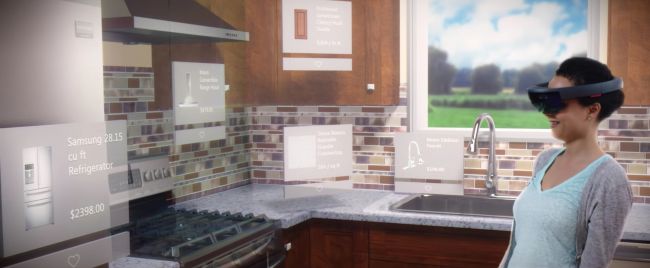
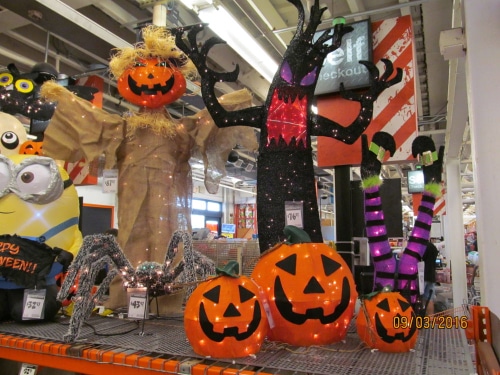
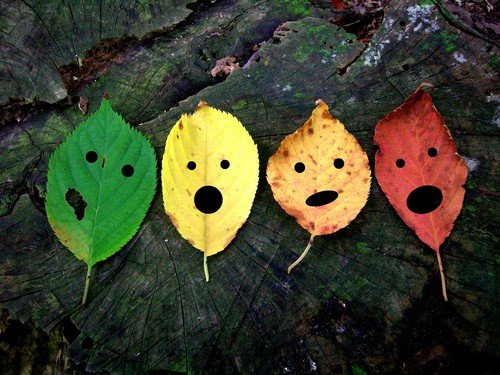

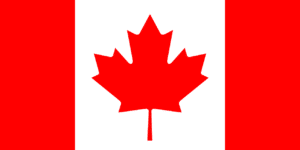
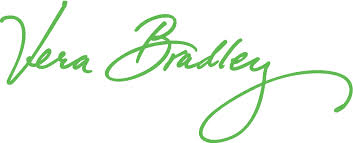
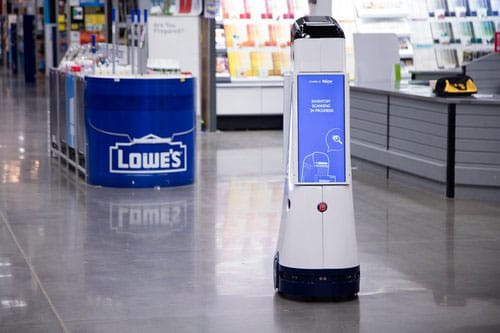
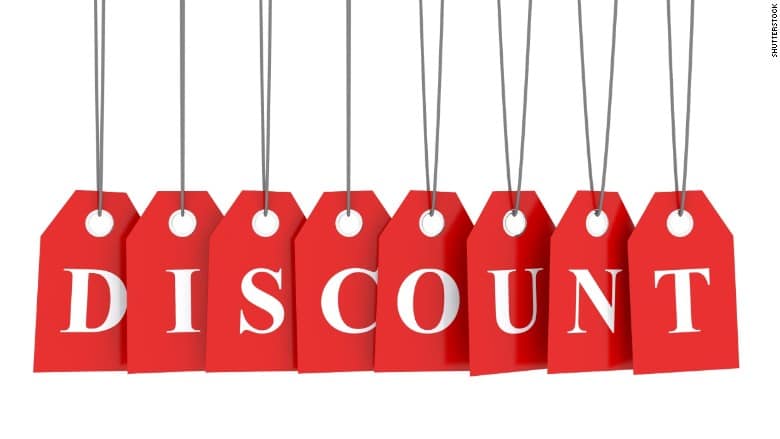
 Even before the
Even before the 